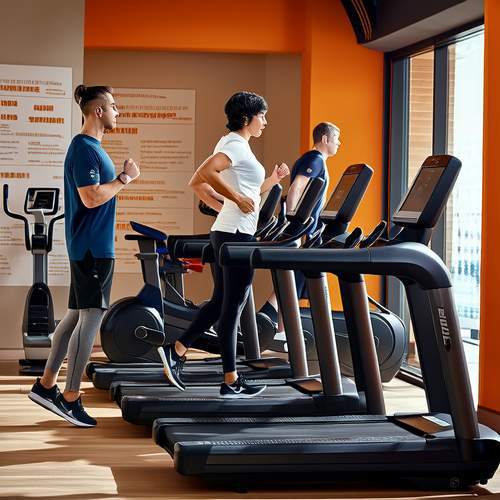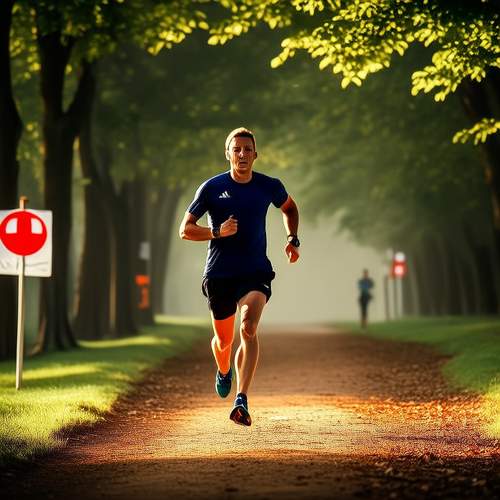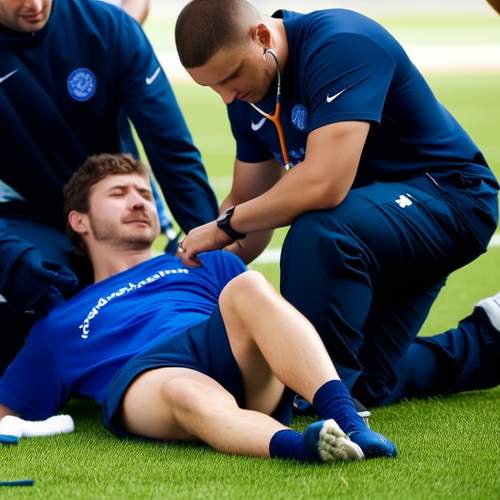The Importance of Environmental Safety in Sports
Sports and physical activities are integral to maintaining a healthy lifestyle, but the environments in which they take play a crucial role in ensuring safety. Whether it’s a professional athlete training for a competition or a weekend jogger hitting the trails, the conditions of the surroundings can significantly impact performance and well-being. Environmental safety in sports encompasses everything from air quality and weather conditions to the structural integrity of facilities and the presence of hazards. Ignoring these factors can lead to injuries, long-term health issues, or even fatalities.
Weather and Climate Considerations
One of the most unpredictable elements affecting sports safety is the weather. Extreme heat, cold, or sudden storms can turn a routine practice into a dangerous situation. Heatstroke, hypothermia, and dehydration are common risks when athletes are exposed to harsh weather without proper precautions. Coaches and event organizers must monitor forecasts and have contingency plans in place. Hydration stations, shaded rest areas, and appropriate clothing are simple yet effective measures to mitigate weather-related risks.
Similarly, outdoor sports like skiing, surfing, or mountain biking are heavily dependent on environmental conditions. Avalanches, strong currents, or uneven terrain can pose serious threats. Athletes participating in these activities should be trained to recognize warning signs and equipped with emergency gear. Local authorities and sports organizations often provide guidelines and updates to ensure participants are aware of potential dangers.
Air Quality and Pollution
Air quality is another critical factor, especially in urban areas where pollution levels can be high. Poor air quality can impair lung function, reduce stamina, and exacerbate respiratory conditions like asthma. Marathon runners, cyclists, and other endurance athletes are particularly vulnerable. Cities hosting large sporting events must prioritize reducing emissions and monitoring air quality indexes to protect participants and spectators alike.
Indoor sports arenas are not exempt from air quality concerns. Poor ventilation, mold, or the accumulation of dust and allergens can create an unhealthy environment. Regular maintenance, air filtration systems, and proper cleaning protocols are essential to maintaining a safe space for athletes. Neglecting these aspects can lead to chronic health problems and decreased performance over time.
Facility Safety and Maintenance
The structural integrity of sports facilities is paramount. From swimming pools to basketball courts, every aspect of the environment must be regularly inspected and maintained. Slippery surfaces, faulty equipment, or inadequate lighting can result in accidents. For example, a poorly maintained soccer field with uneven turf increases the risk of ankle sprains or falls. Similarly, swimming pools with improper chemical balances can cause skin irritations or infections.
Emergency preparedness is also a key component of facility safety. First aid kits, defibrillators, and trained personnel should be readily available. Fire exits, emergency lighting, and clear evacuation routes are non-negotiable features of any sports venue. Regular drills and safety briefings ensure that both staff and participants know how to respond in crisis situations.
Natural and Artificial Hazards
Outdoor sports often take place in natural settings, which come with their own set of challenges. Wildlife encounters, poisonous plants, or unstable ground can pose risks. Hikers, campers, and trail runners should be educated about the local ecosystem and how to navigate it safely. Carrying basic survival tools and knowing how to signal for help can make a significant difference in emergencies.
Artificial hazards, such as discarded equipment or litter, can also create dangerous situations. Broken glass on a running path or sharp metal edges on playground equipment can cause severe injuries. Communities and sports organizations must work together to keep these spaces clean and hazard-free. Encouraging a culture of responsibility and respect for shared environments benefits everyone.
The Role of Technology in Enhancing Safety
Advancements in technology have introduced new ways to monitor and improve environmental safety in sports. Wearable devices can track an athlete’s vital signs and alert them to potential health risks like overheating or abnormal heart rates. Drones and satellite imagery are used to survey large outdoor areas for hazards before events take place. Mobile apps provide real-time updates on weather conditions and air quality, allowing athletes to make informed decisions about their activities.
Facilities are also leveraging smart technology to enhance safety. Automated lighting systems, moisture sensors for turf fields, and air quality monitors are becoming standard features in modern sports complexes. These innovations not only prevent accidents but also create a more comfortable and efficient environment for athletes to train and compete.
Conclusion
Environmental safety in sports is a multifaceted issue that requires attention from athletes, coaches, organizers, and communities. By addressing weather conditions, air quality, facility maintenance, and potential hazards, we can create safer spaces for physical activity. Technology continues to play a pivotal role in advancing these efforts, but human vigilance and proactive measures remain the foundation of a secure sporting environment. Prioritizing safety ensures that sports remain a source of health, enjoyment, and inspiration for all.

By /May 21, 2025

By /May 21, 2025

By /May 21, 2025

By /May 21, 2025

By /May 21, 2025

By /May 21, 2025

By /May 21, 2025

By /May 21, 2025

By /May 21, 2025

By /May 21, 2025

By /May 21, 2025

By /May 21, 2025

By /May 21, 2025

By /May 21, 2025

By /May 21, 2025

By /May 21, 2025

By /May 21, 2025

By /May 21, 2025

By /May 21, 2025

By /May 21, 2025